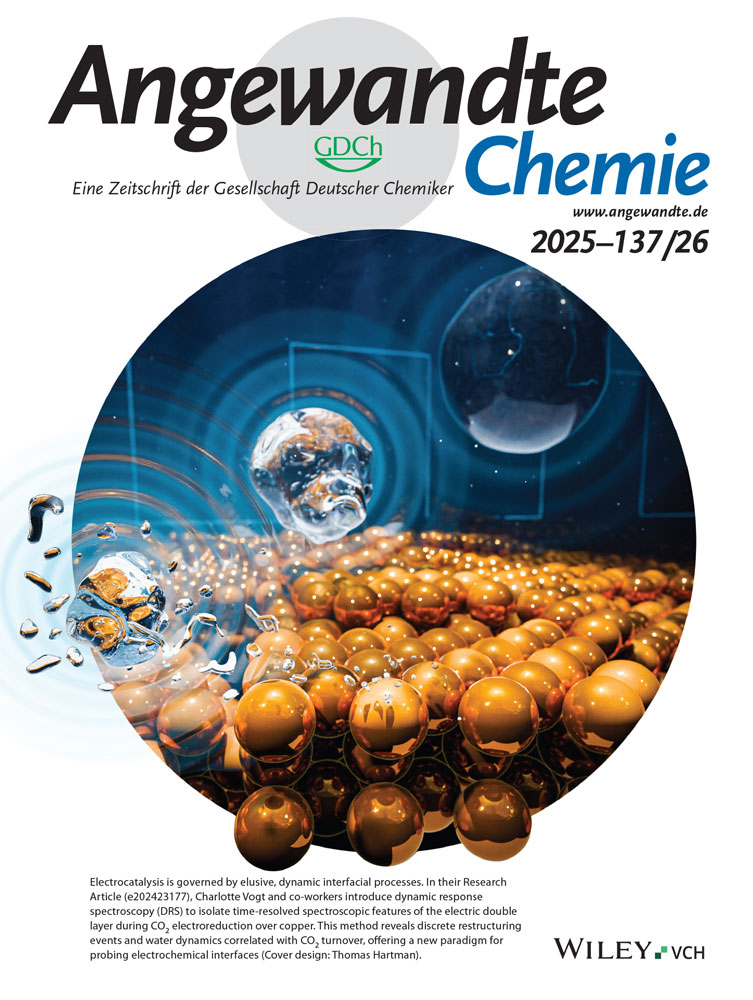Synergistic Regulation of Multi-Interface Chemistry by Functional Carbon Dots for High-Performance Composite Solid Electrolytes
Abstract
Low ionic conductivity, poor mechanical strength, and unstable interface structure are still the main factors hindering the practical application of polymer solid-state lithium metal batteries (SSLMBs). In this work, we have developed a unique composite filler (LLZTOCDs) for solid polymer electrolytes to address these challenges through synergistic regulation of multi-interface chemistry. The LLZTOCDs is prepared via thermal treatment of N,S,F-codoped carbon dots (NSFCDs) and Li6.5La3Zr1.5Ta0.5O12 (LLZTO) inorganic electrolyte. Here, the detrimental Li2CO3 on the LLZTO surface is converted into a fast ion-conducting and an electron-insulating interlayer of LiF and Li3N, and the carbon dots self-assemble into a functional organophilic coating on the outermost layer, which acts as a bridge between the LLZTO and the polymer. This unique structure enhances the compatibility and ion-exchange kinetics between the LLZTOCDs and the polymer, significantly improving the mechanical strength and Li+ transport. Additionally, the oxygen vacancies formed in situ at the LLZTOCDs interface provide an anion confinement effect, increasing lithium salt dissociation, and enhancing the Li+ transference number to 0.85. Therefore, the solid battery constructed with LLZTOCDs exhibits excellent electrochemical stability, long-cycle life, and high ionic conductivity (1.96 × 10−4 S cm−1 at 25 °C), providing a feasible strategy for practical applications.
Conflict of Interests
The authors declare no conflict of interest.
Open Research
Data Availability Statement
Research data are not shared.




